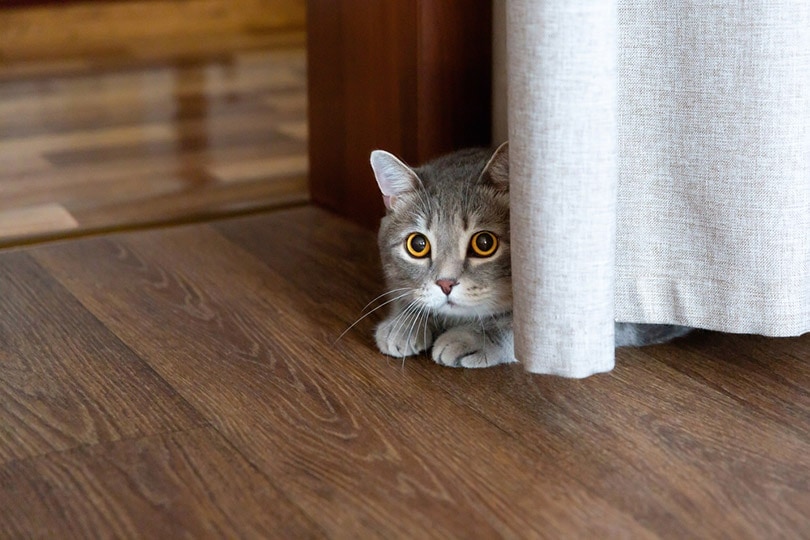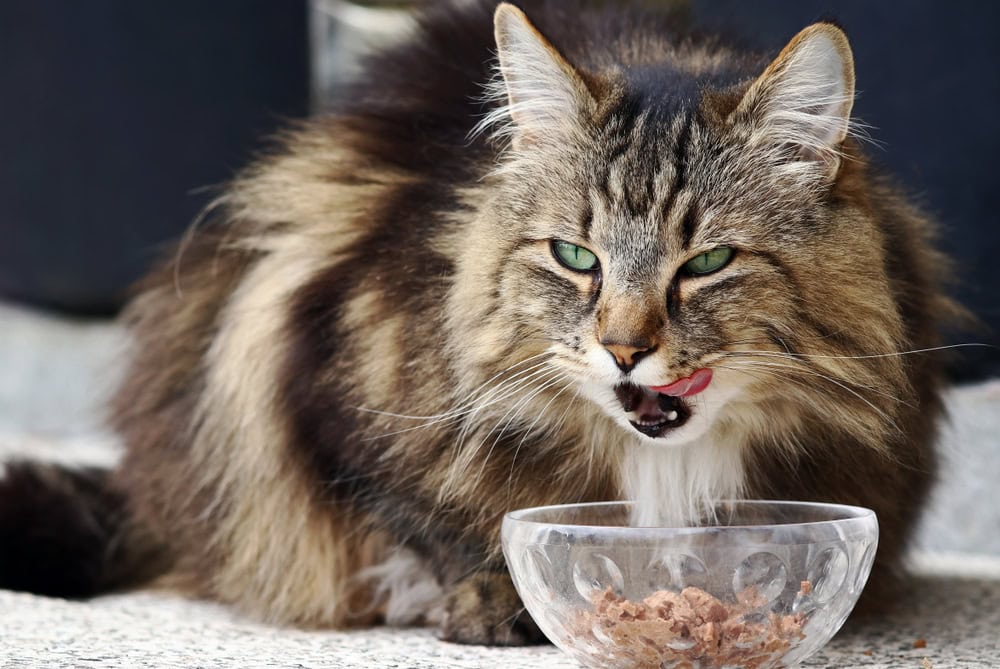Can Cats Eat Prosciutto? Vet-Approved Health & Safety Guide

Updated on
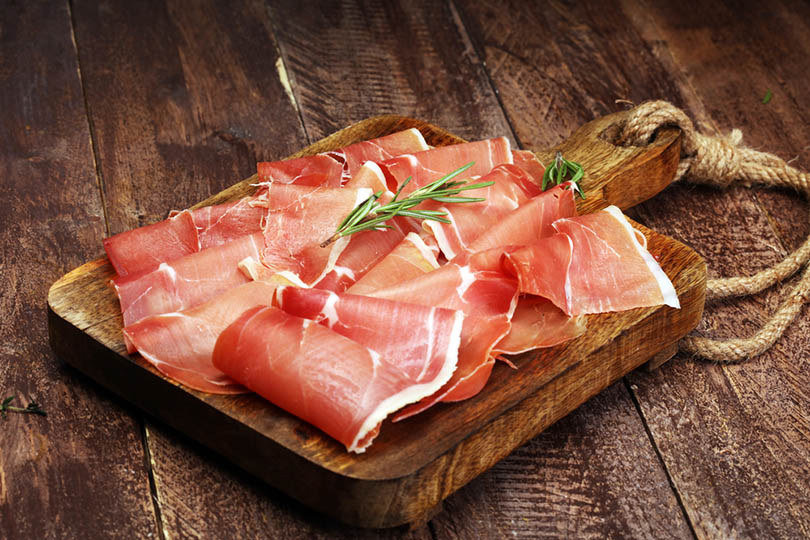
Cats can be big beggars, and if your cat loves human food, you might not think there’s much harm in a slice of prosciutto. After all, cats eat meat, and prosciutto is meat! But maybe think twice before giving your cat a slice from your charcuterie.
The thin, cured strips of ham make a delicious addition to many human foods, but too much can make your kitty sick. If you’re careful about it, prosciutto isn’t harmful to cats as an occasional treat, but it also isn’t the healthiest option. A little nibble of cured meat probably won’t harm them, but avoid feeding it to your cat in large amounts.
Wait… Aren’t Cats Carnivores?
Cats are carnivores, and they get most of their nutrition from animal sources, but that doesn’t mean that every kind of meat is good for cats. In the wild, most of their calories will come from small birds and mammals that are very lean, without much fat and sodium. Quality cat foods today use a variety of meats, like chicken, beef, or salmon, but they all try to give your cat enough of all the nutrients they need.
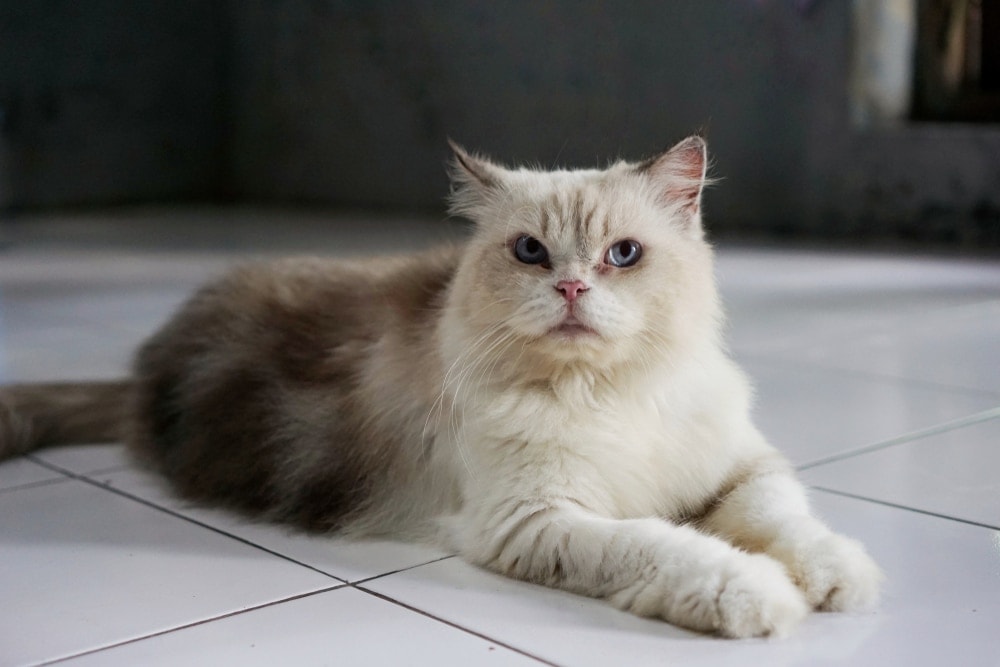
What Cats Need in Meat
Cats need a balance of protein, fat, and important vitamins and minerals to stay healthy. They have a digestive system designed to process natural raw meat—not Italian cured ham! There are many nutrients that cats can only get from their diet and that they cannot make in their own bodies. These are termed essential nutrients. Cats have a requirement for 10 essential amino acids (protein building blocks), five fatty acids, and three vitamins that they cannot make themselves, as well as all the other 23 nutrients needed to thrive.
Cats are built for a moderate amount of fat in their diet. They do need some fat in their food, but in the wild, they eat mainly lean meats, and they need a good balance of fat and protein, with much more protein than fat. Your cat’s food should be at least 25% protein and 10% fat by dry matter. Very fatty foods can lead to obesity in cats.
Prosciutto Hang-ups
With all that in mind, we can look at prosciutto and see how it measures up. There are a few red flags when we compare what’s in the meat to what we want to see in your cat’s dinner bowl.
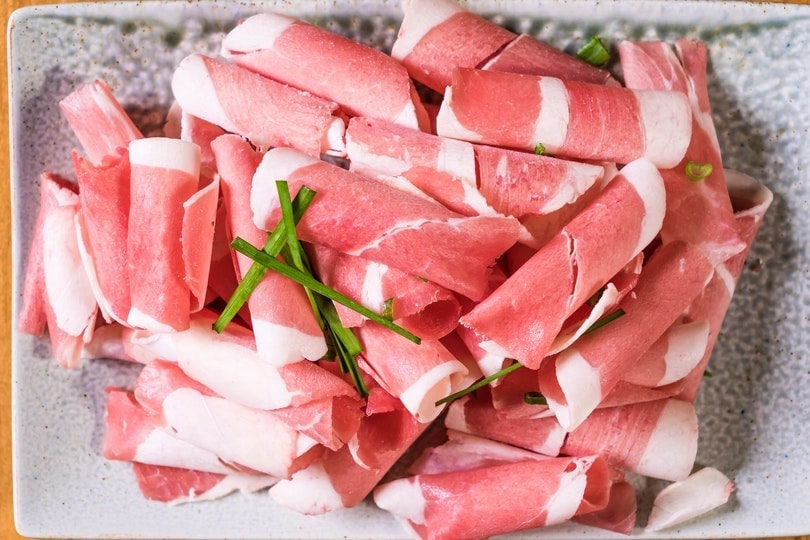
Sodium in Prosciutto
One nutrient that cats struggle to handle is sodium. Salty foods make us a little thirsty, but humans can eat quite a lot of salt without trouble. Cats are different. They are at risk of sodium-ion poisoning if they get too much salt in their diet. That can lead to vomiting, tremors, lethargy, seizures, and other symptoms. And it doesn’t take much salt—less than a teaspoon in most cases.
Your cat shouldn’t get sodium-ion poisoning from prosciutto. Even though a teaspoon of salt isn’t much, your cat would likely struggle to eat that much in one go. But prosciutto still has a much higher amount of sodium than is healthy for cats. One slice averages 345 mg of sodium, and a cat’s daily allowance is around ⅛ of that (42 mg). They just aren’t able to handle salty meat.
Prosciutto’s Fat and Protein
The fat content of prosciutto varies, with some being leaner than others. But, in general, prosciutto does contain moderate to high amounts of saturated fat. The fat-protein ratio of prosciutto is usually not ideal for cats.

Prosciutto Spices
Prosciutto can be cured with various spices, depending on the flavor. Spices affect cats differently than humans, and some of them are not safe for cats. If you are thinking of giving your cat prosciutto, you should check the nutrition label to see what spices were used during the curing process. Watch out for garlic in particular. Garlic can cause digestive problems in cats and is toxic to them.
Contamination Risks
A final risk is contamination. Prosciutto is a cured meat that is generally not cooked. The dry curing process when done to Food Standards Agency standards kills bacteria and inactivates pork parasites, but caution should still be used in storing and preparing this meat, whether you’re making it for humans or cats. Bacteria, like Salmonella, can make your cat very sick.
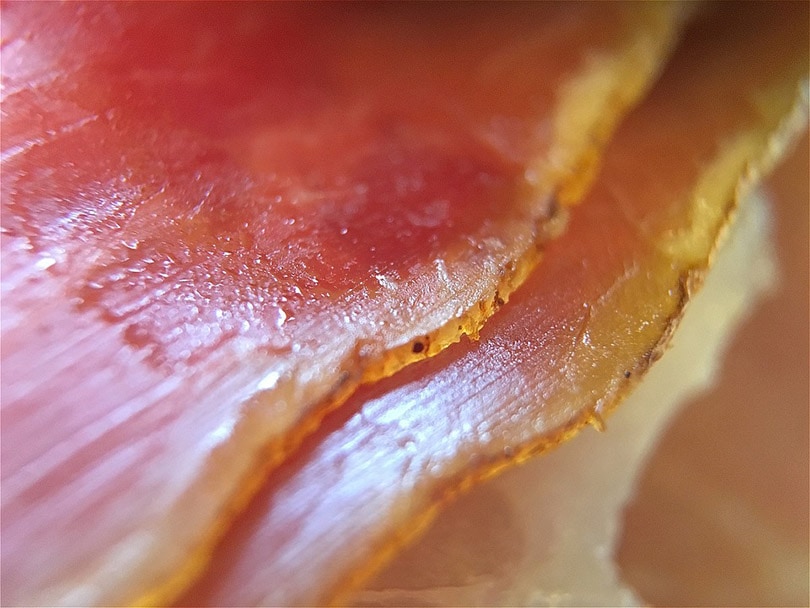
Is Prosciutto Okay as a Treat?
So, we get that prosciutto isn’t the best meal, but what about as a treat? Looking at the warnings about prosciutto, we can see that it isn’t the healthiest, but it shouldn’t poison your cat either. If you feed your cat a little bit of the cured meat, it can be a safe treat, but you should be very careful with portions. You also should check the label first for spices like garlic and make sure to practice food safety to avoid bacteria. Overall, if you are careful, it isn’t the worst treat, but there are many other healthier foods to tempt your cat with instead.
What Happens if My Cat Eats Prosciutto?
If your cat eats a corner or two of prosciutto, you likely won’t notice any ill effects. Unless your prosciutto is contaminated with bacteria or parasites, it shouldn’t put your cat’s life at risk. Eating larger amounts can cause problems for your cats. Although your cat likely won’t get sodium poisoning from the amount of salt in prosciutto, it can still cause digestive issues. Too much might cause an upset stomach or other similar issues.
Now that you know what you can safely feed your cat, it’s just as important to find a bowl that supports their health and well-being. With whisker-friendly bowls and a wide tray to catch any spills, our Hepper NomNom Cat Bowl is our favorite option.
Final Thoughts
If you are looking for a healthy treat for your cat, you can look at other meats that are a little more balanced. Cooked meats like chicken, turkey, or beef can all be great options. Fish like salmon or tuna are great too—just make sure you aren’t feeding your cat too much mercury! You can also give your cats cooked eggs in small amounts. All these treats make great morsels to share with your cat without the dangers of cured meats like prosciutto.
See also:
Featured Image Credit: beats1, Shutterstock




